Current evidence for non-pharmaceutical, non-surgical treatments of canine osteoarthritis
For many of the management options outlined in this review, there is a need for larger scale clinical trials.
OA is a progressive, degenerative disease which can cause inflammation within the joints and poses a risk to canine health and welfare (Summers et al. 2019). There is no cure for OA, but there are now many management options aimed at reducing pain and improving mobility in affected dogs. A multimodal approach to the treatment of canine OA, including both pharmaceutical and non- pharmaceutical therapies has been proposed to be most effective in treating this disease (Fox 2016, Pye et al. 2022). With more complementary therapies becoming available to veterinary practitioners, this review has aimed to address commonly used non- surgical, non-pharmaceutical treatment options for canine OA and highlight current evidence gaps.
Weight management has shown to be beneficial in the management of OA but can take time to see results (Burkholder & Hulse 2000, Mlacnik et al. 2006, Marshall et al. 2010). Therefore, it is important that owners are kept engaged with regular visits for weight checks and pursue an appropriate weight loss programme for their dogs. There is evidence for the use of certain nutraceuticals such as omega- 3 fatty acids. Acupuncture, PBMT and ECSWT may also play a role in reducing the clinical signs of OA, although further research is needed to gain a greater understanding of their efficacy (Moreau et al. 2003, Boileau et al. 2009, Souza et al. 2016, de Oliveira Reusing et al. 2021). There is a lack of randomised controlled trials investigating the efficacy of different physiotherapy programmes, both land-based and aquatic, which would aid the development of best practice guidelines for canine OA treatment.
Author: C Pye, N Clark, N Bruniges, M Peffers, E Comerford
Source: https://onlinelibrary.wiley.com/doi/10.1111/jsap.13670







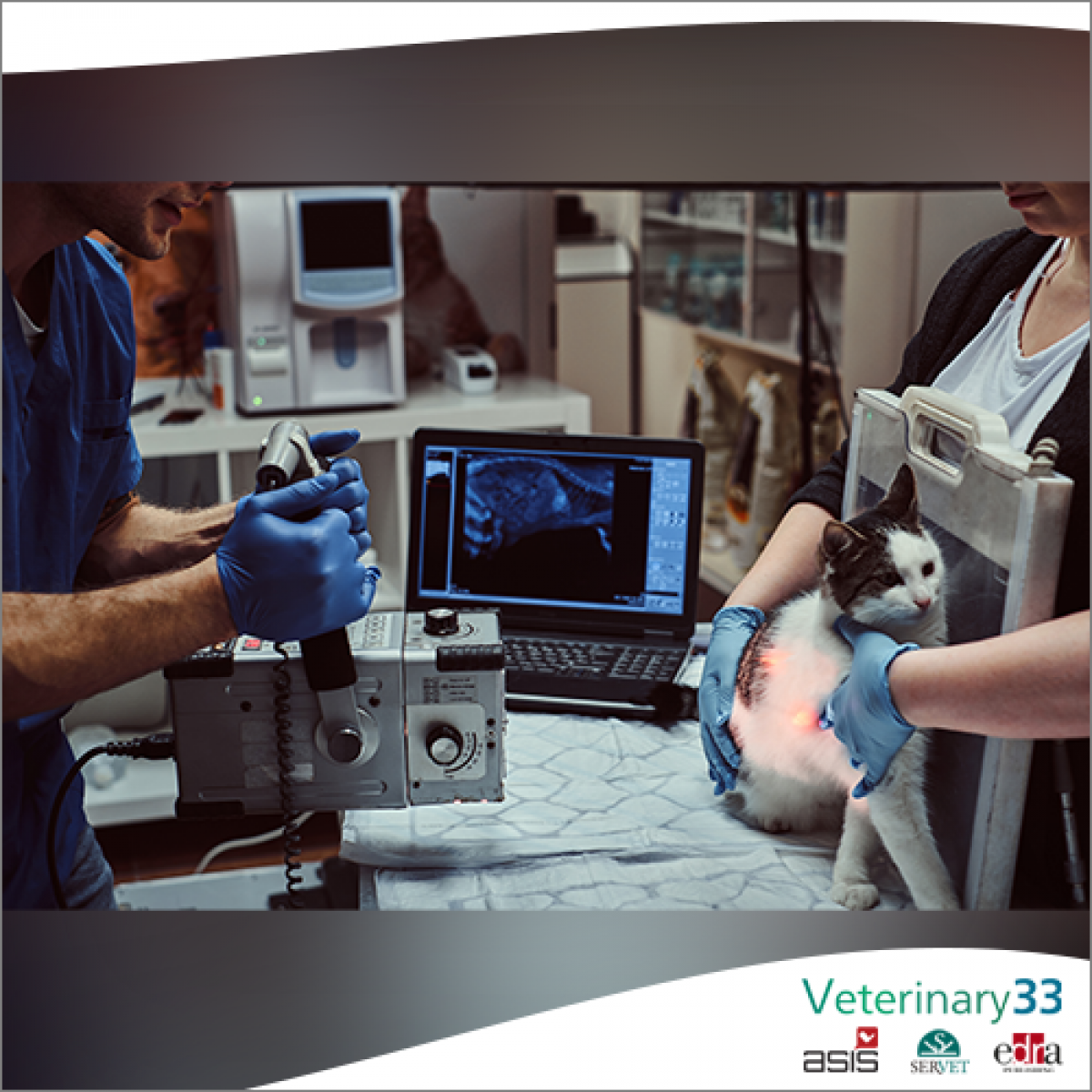

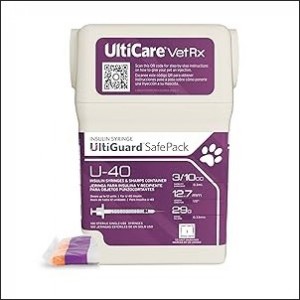
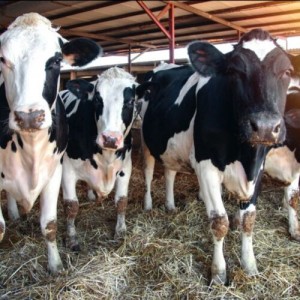
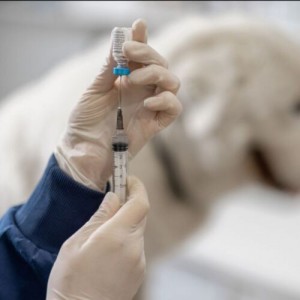
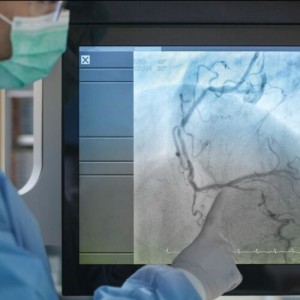

List
Add
Please enter a comment